Why Korean Architecture Stands Out
Korean architecture is a blend of tradition, functionality, and beauty. From wooden palaces surrounded by mountains to futuristic skyscrapers lighting up Seoul’s skyline, Korean architecture tells the story of a nation that values both heritage and innovation.
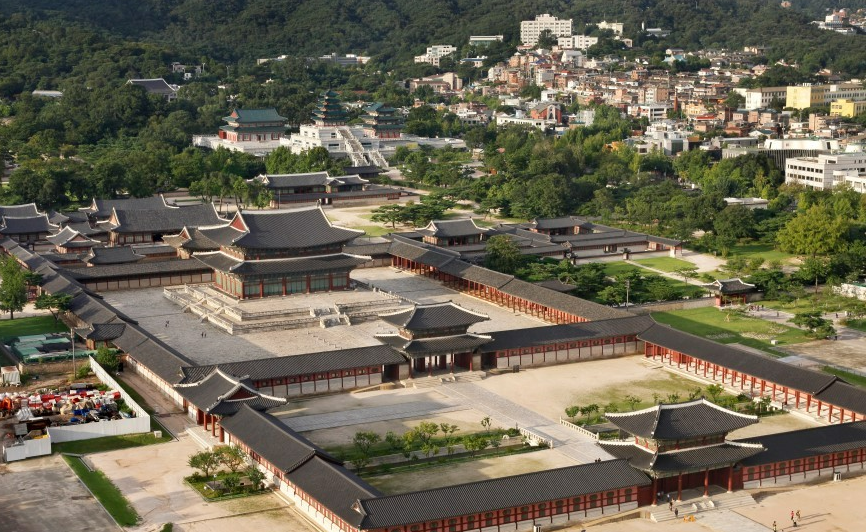



Traditional Korean Architecture
Hanok (Traditional Houses)
Hanok are traditional Korean houses designed to be in harmony with their natural surroundings. With curved tiled roofs, wooden beams, and heated floors, hanok provide comfort and beauty.
Palaces of the Joseon Dynasty
Palaces like Gyeongbokgung and Changdeokgung showcase the grandeur of royal architecture. Their layouts reflect Confucian principles, with separate quarters for governance and daily life.
Buddhist Temples and Pagodas
Korean temples blend spirituality with artistry. Wooden halls painted with colorful dancheong patterns and stone pagodas symbolize the country’s Buddhist heritage.

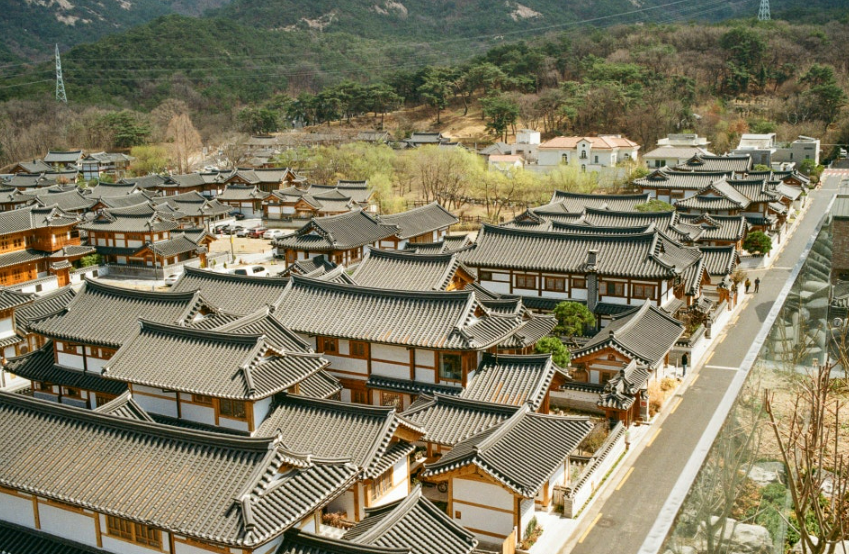
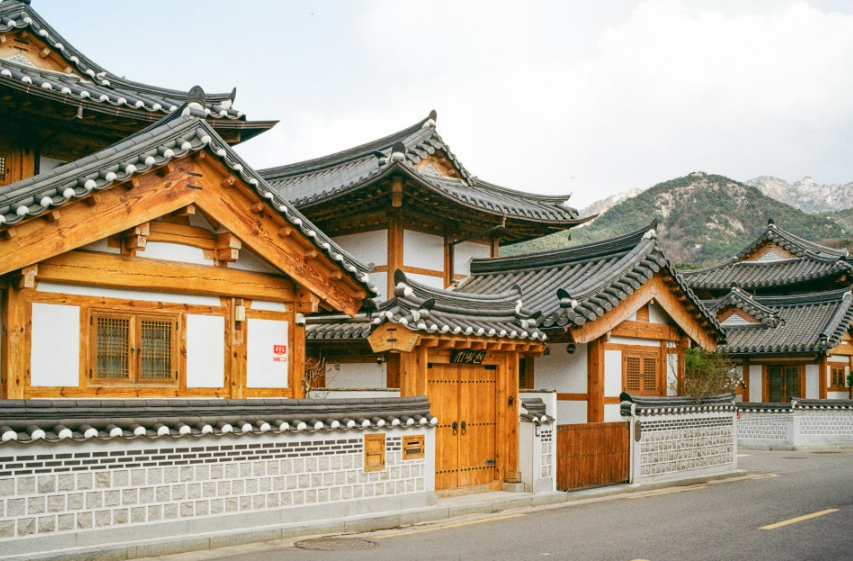
Key Principles of Traditional Design
Harmony with Nature
Traditional Korean architecture emphasizes balance with the natural environment. Buildings are often placed to align with mountains, rivers, and sunlight, following the principles of pungsu-jiri (Korean geomancy). This connection to nature creates a sense of calm and flow.
Ondol Heating System
One of Korea’s most ingenious contributions is the ondol heating system. Warm air circulates under stone floors, keeping homes cozy during harsh winters. This system remains influential, inspiring modern floor heating worldwide.
Wooden Joinery and Craftsmanship
Hanok construction relies on precise wooden joinery without nails. This craftsmanship ensures both durability and flexibility, allowing structures to withstand seasonal changes.
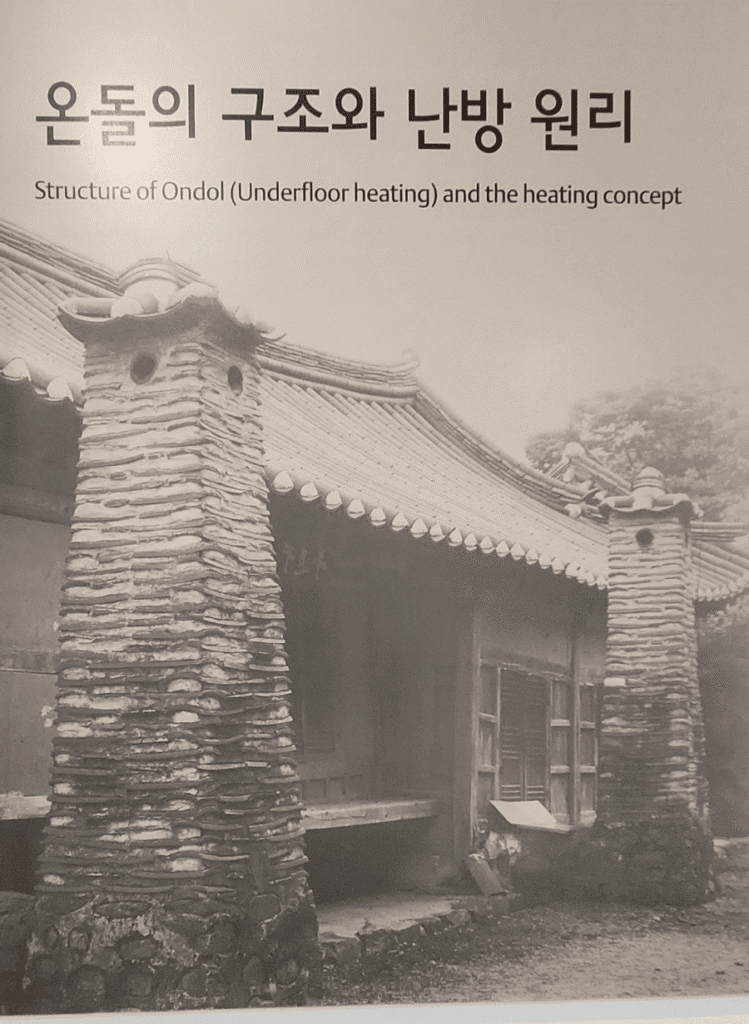
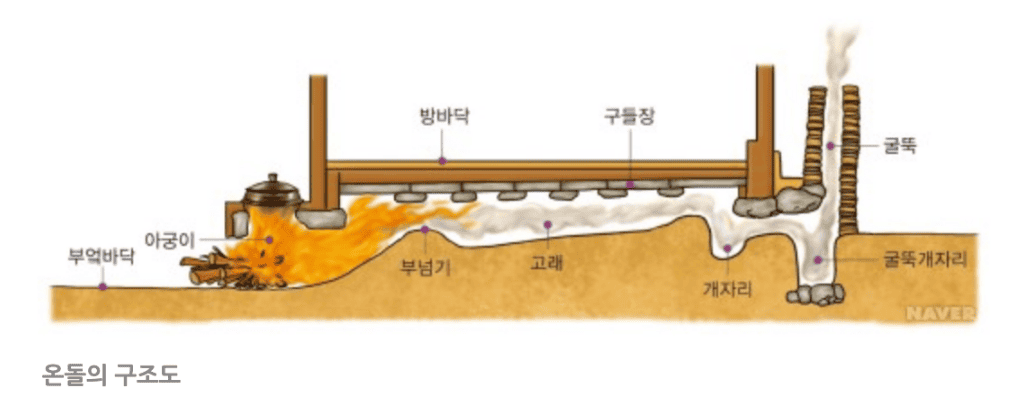
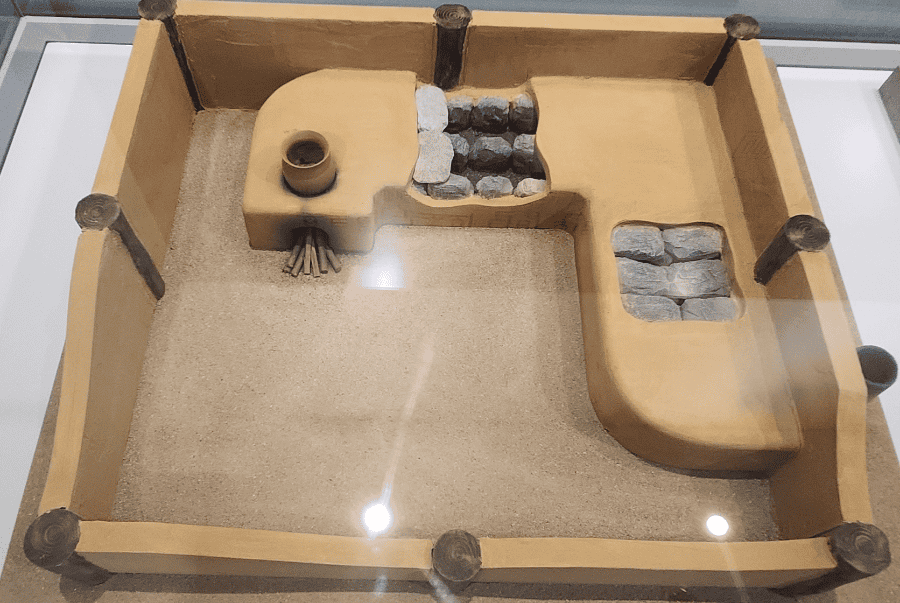
Modern Korean Architecture
Seoul’s Skyscrapers and Landmarks
Seoul’s skyline is a mix of glass towers and cultural icons. The Lotte World Tower, one of the tallest buildings in the world, stands as a symbol of Korea’s rapid modernization.
Global Recognition of Korean Architects
Architects like Itami Jun and Kim Swoo-geun have gained international recognition. Their works balance contemporary design with cultural motifs, making Korean architecture a part of the global conversation.
Fusion of Tradition and Modernity
Many new projects integrate traditional elements into modern spaces. Hotels, cafés, and cultural centers often use hanok-inspired motifs, showing how old and new coexist seamlessly.
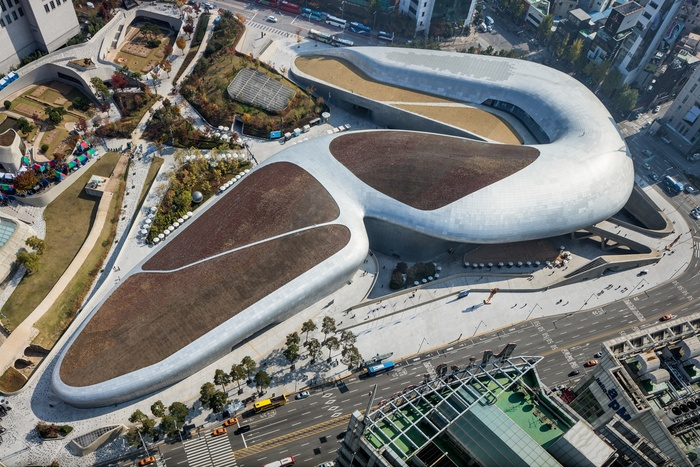
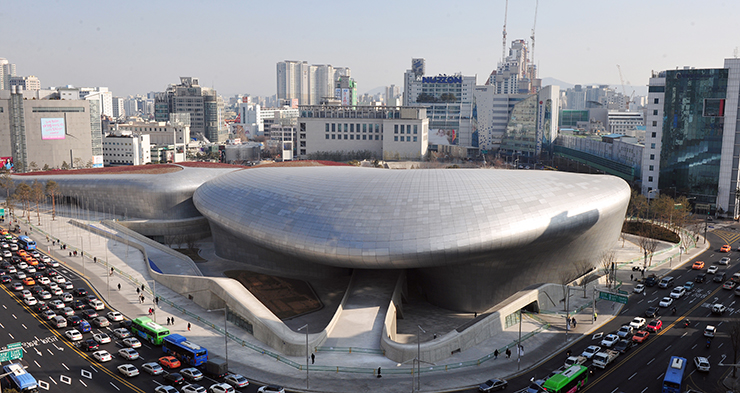
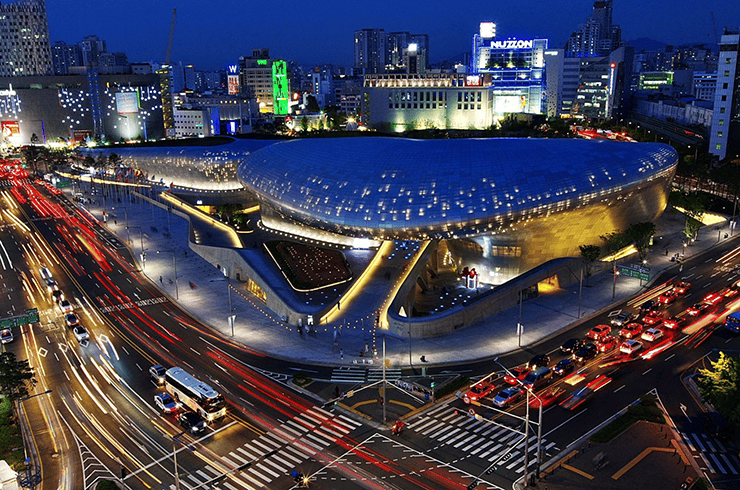
Famous Architectural Sites to Visit
Gyeongbokgung Palace
The main royal palace of the Joseon Dynasty, Gyeongbokgung is a must-visit site showcasing the essence of Korean traditional architecture.
Bukchon Hanok Village
Nestled between palaces in Seoul, Bukchon features hundreds of preserved hanok homes where visitors can experience Korea’s architectural heritage.
Dongdaemun Design Plaza (DDP)
Designed by Zaha Hadid, DDP is a futuristic cultural complex that represents Seoul’s modern identity.
Lotte World Tower
Standing 555 meters tall, this skyscraper combines shopping, entertainment, offices, and observatories. It represents Korea’s ambition and growth.
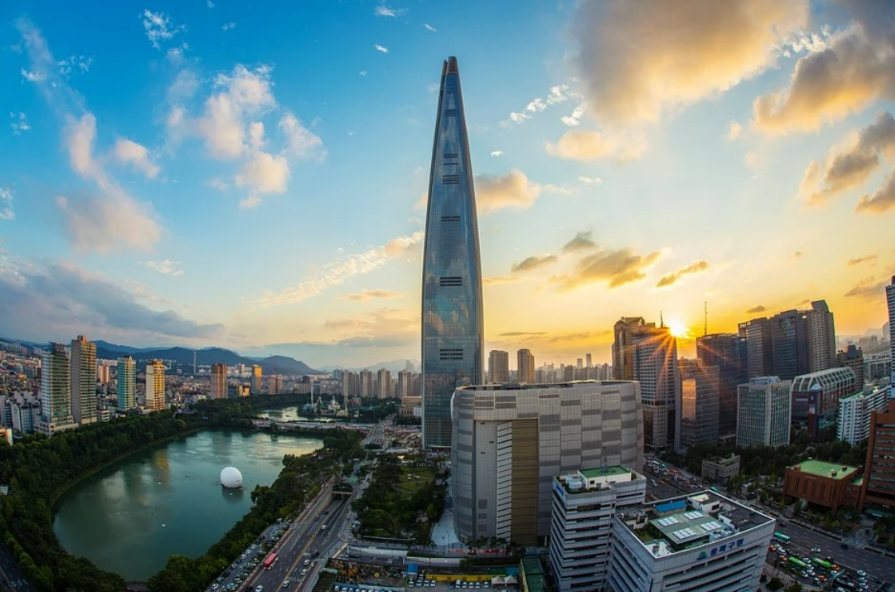
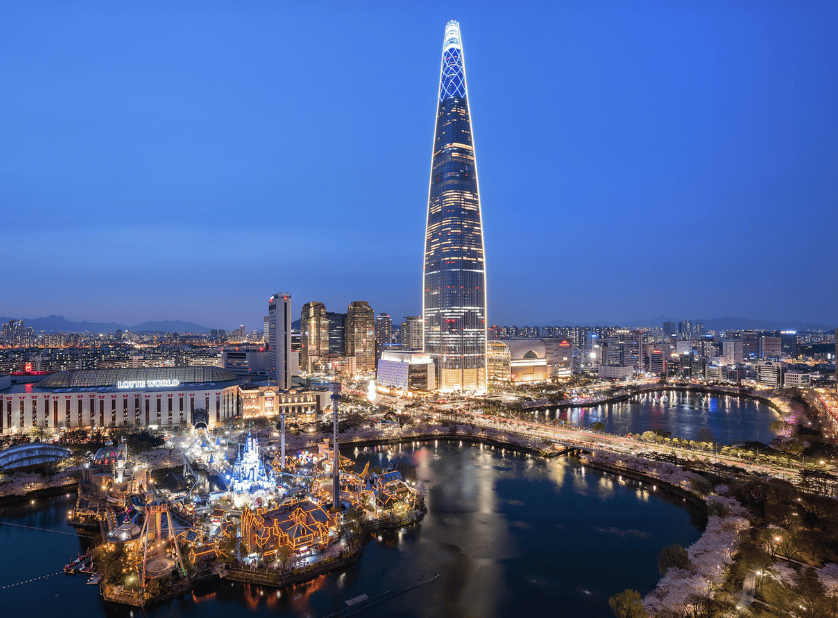
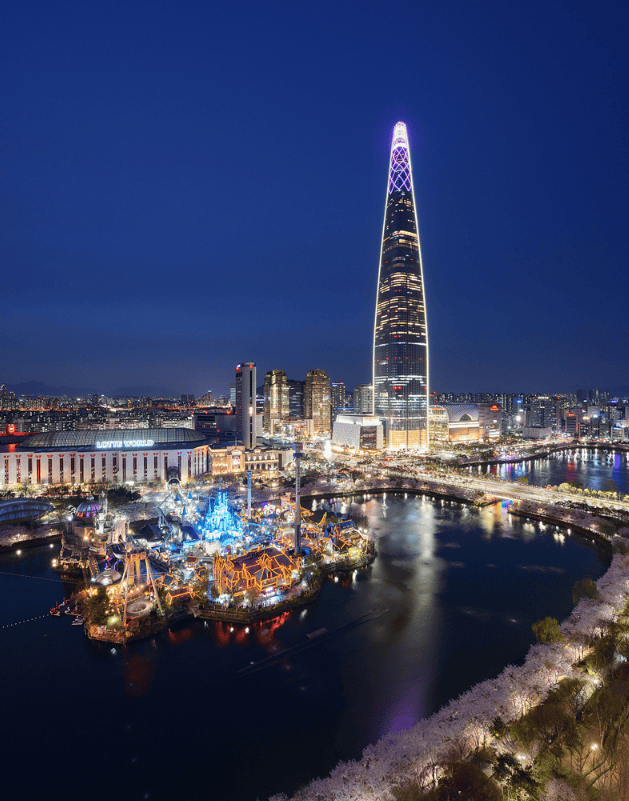
Experiencing Korean Architecture Today
Visitors can experience Korean architecture not only at historical sites but also through hanok stays, museum tours, and cultural centers. Hanok guesthouses allow travelers to sleep on ondol floors, while modern landmarks like DDP host exhibitions that blend architecture with art.
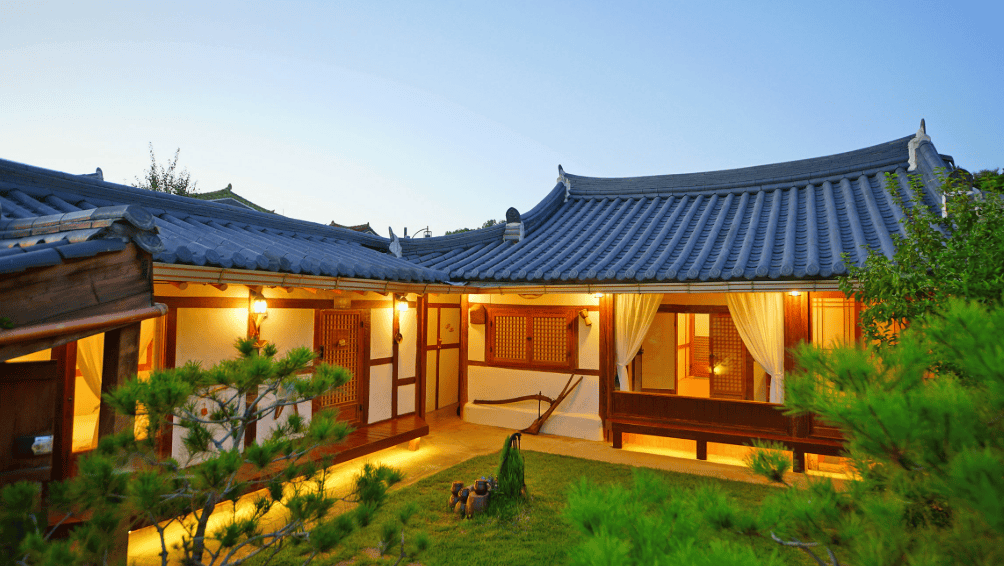
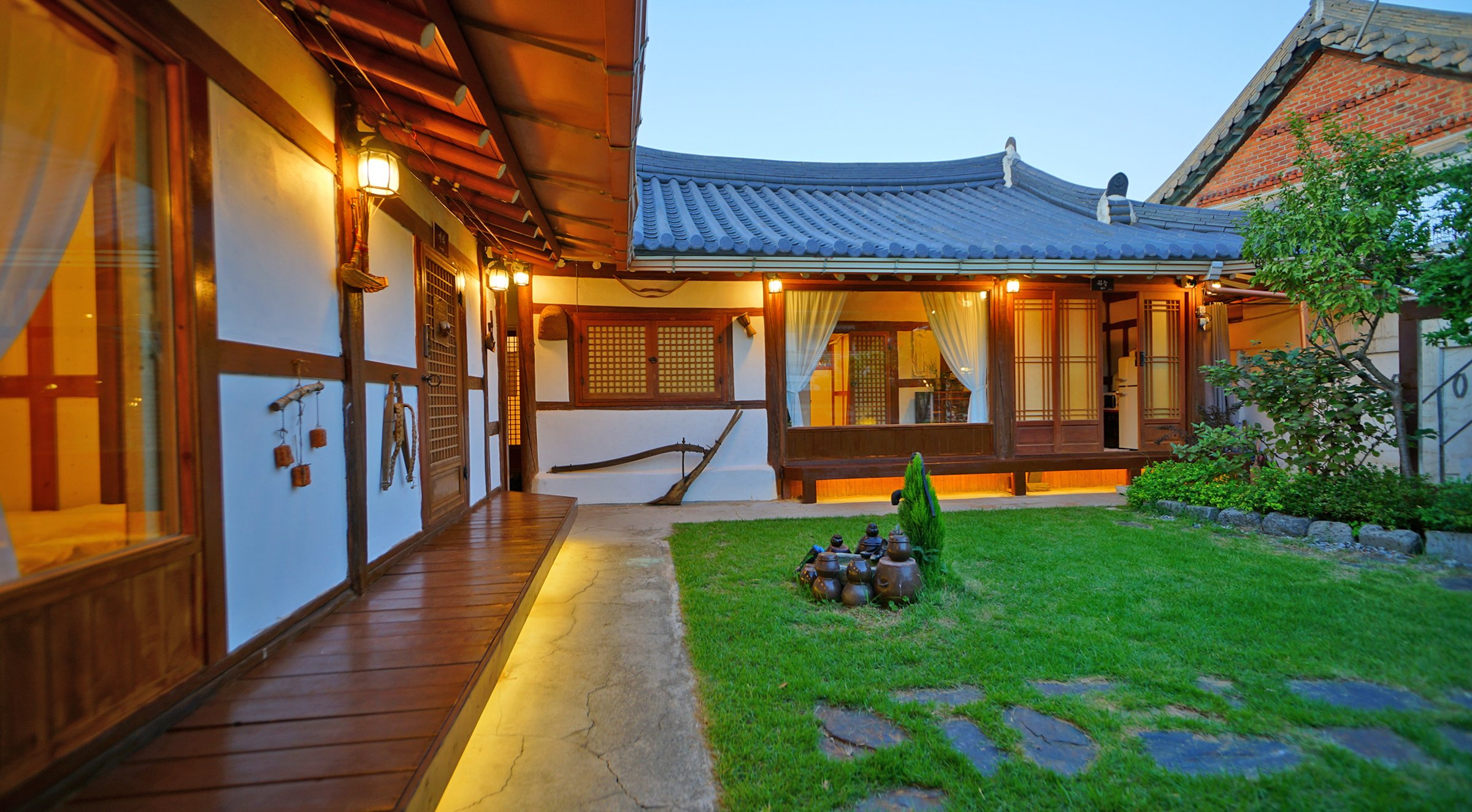
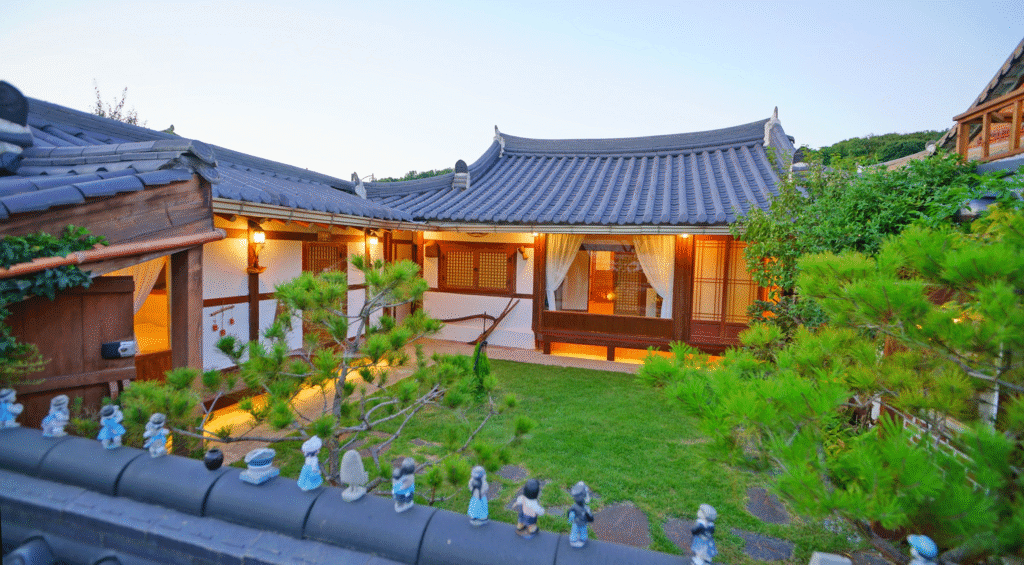
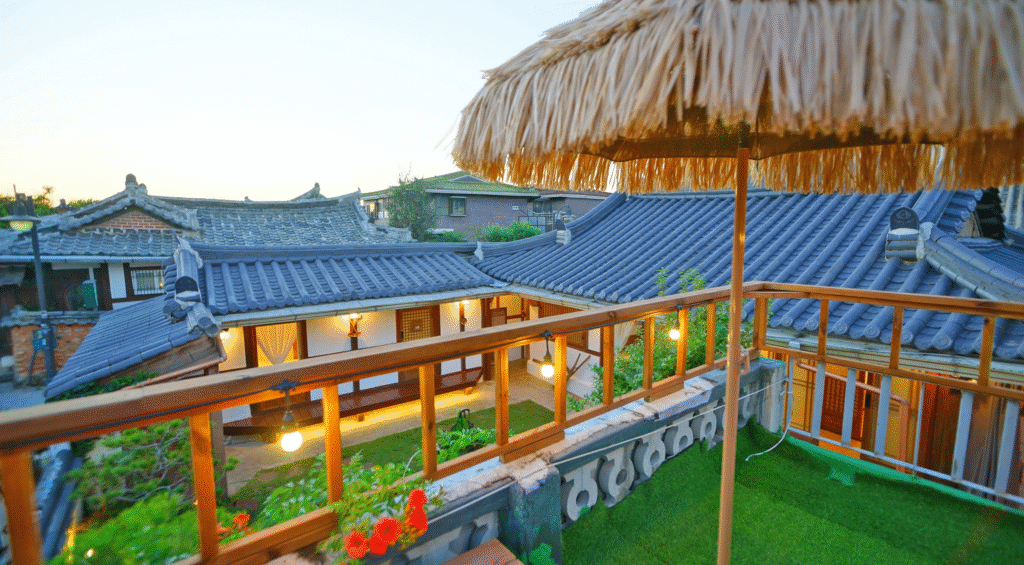
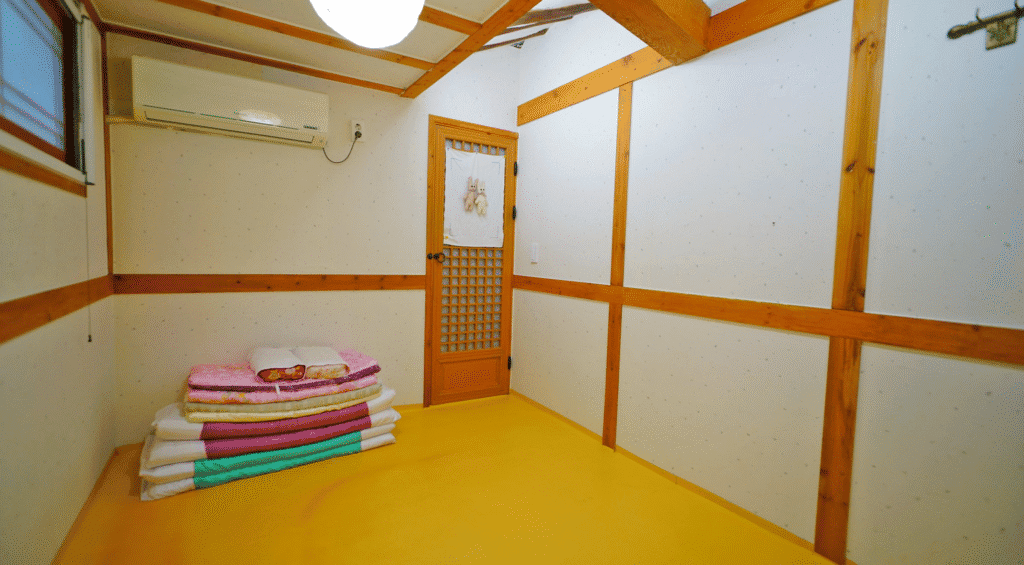
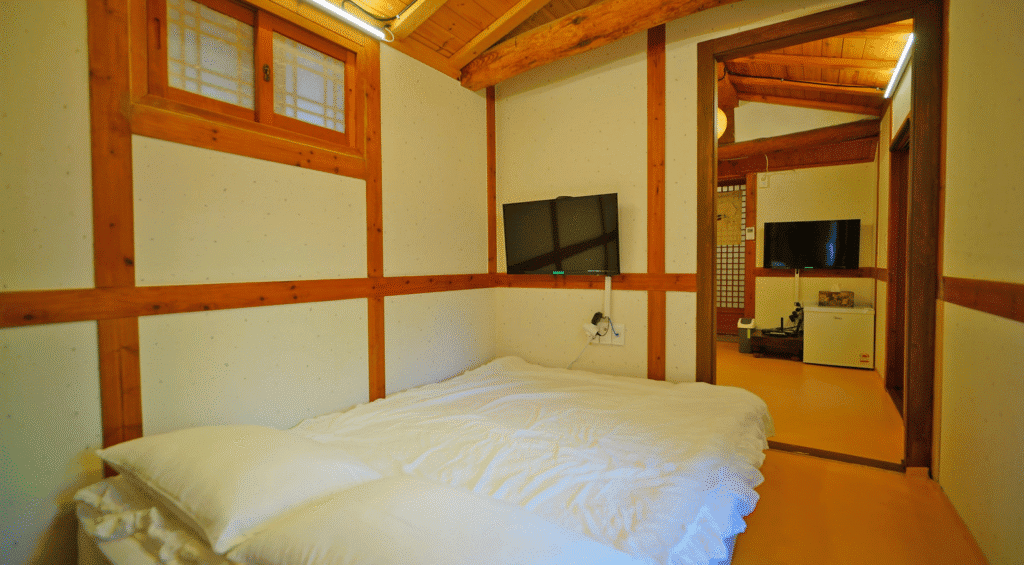
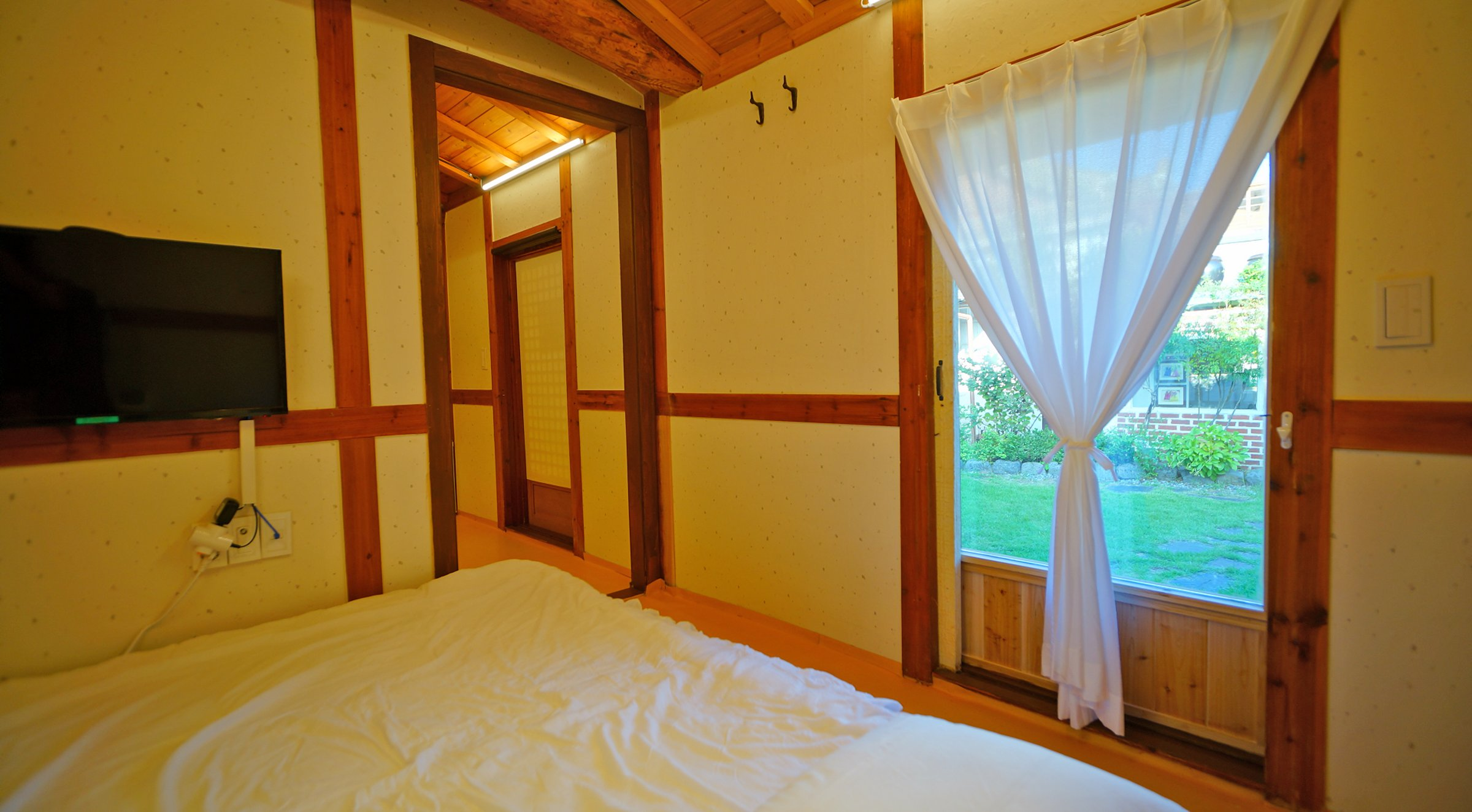
How Architecture Reflects Korean Identity
Korean architecture reflects resilience, creativity, and cultural pride. Traditional hanok represent harmony and simplicity, while skyscrapers reflect innovation and global presence. Together, they symbolize Korea’s journey from ancient traditions to modern achievements.
Architecture in Korea is not just about structures – it’s about stories. Each palace, hanok, and skyscraper tells a chapter of Korea’s history and its vision for the future.
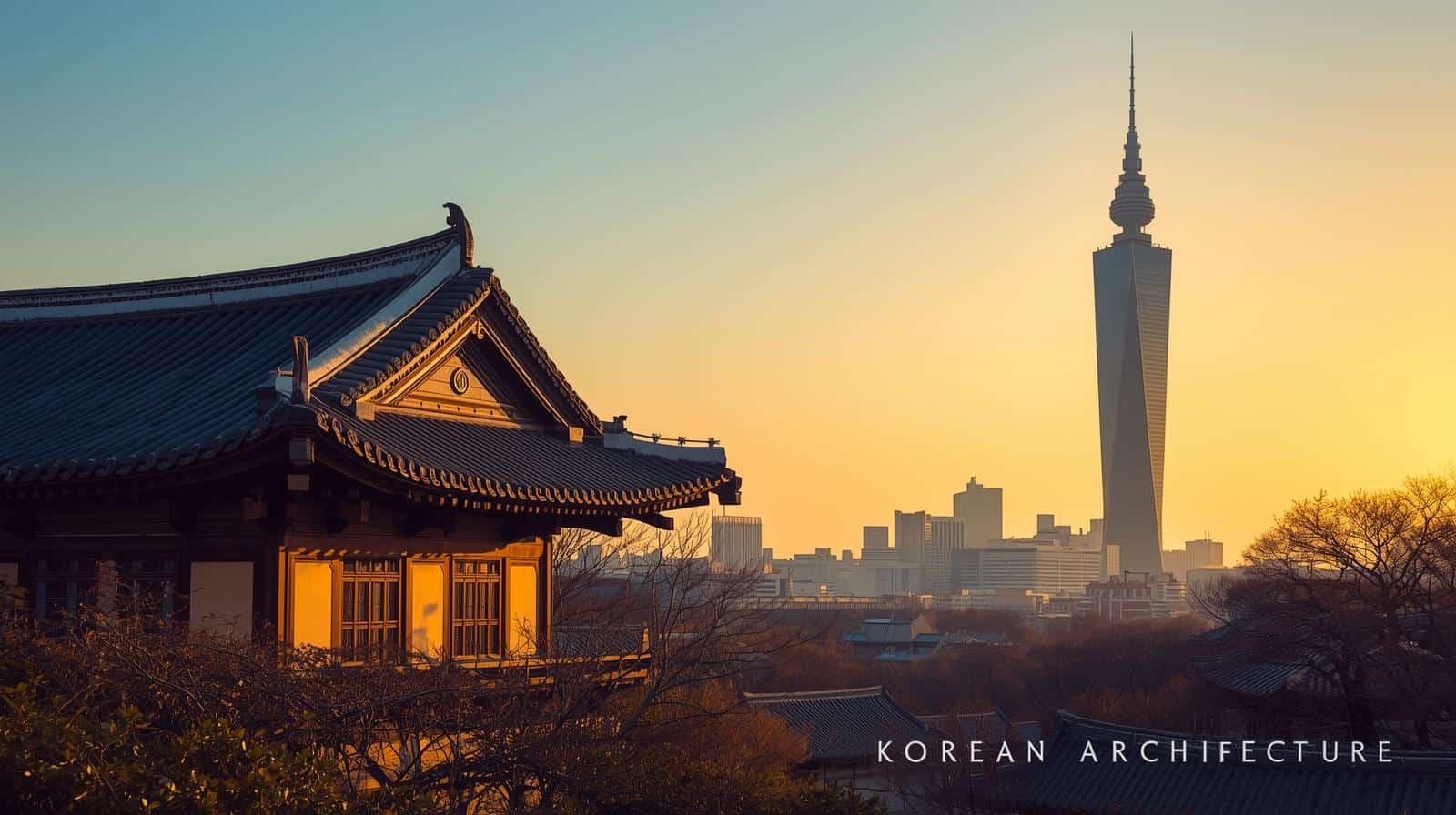
Leave a Reply